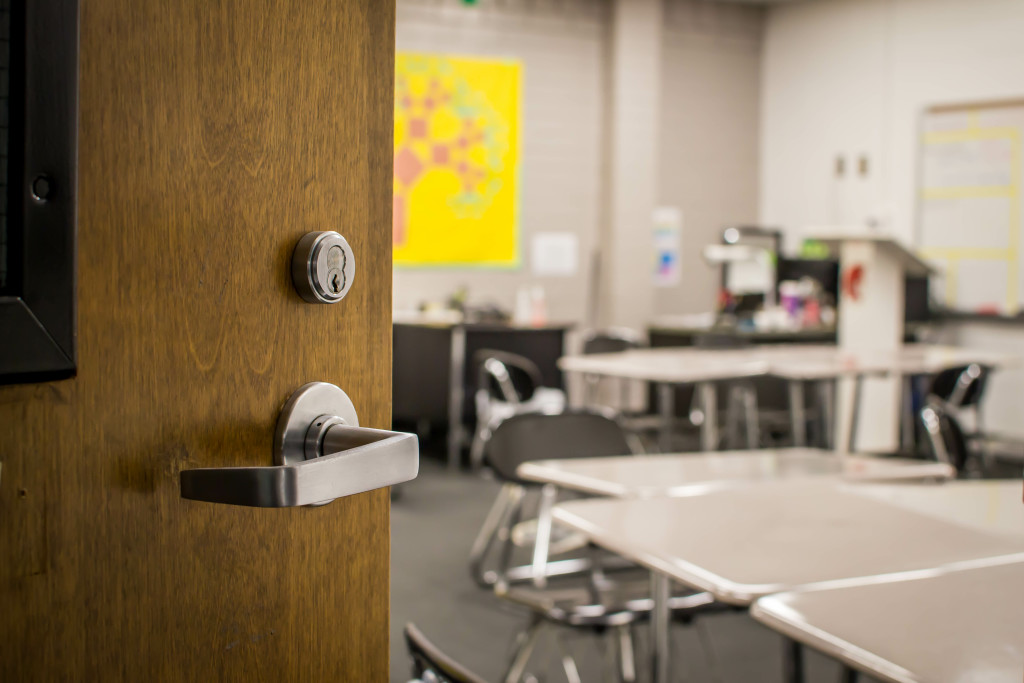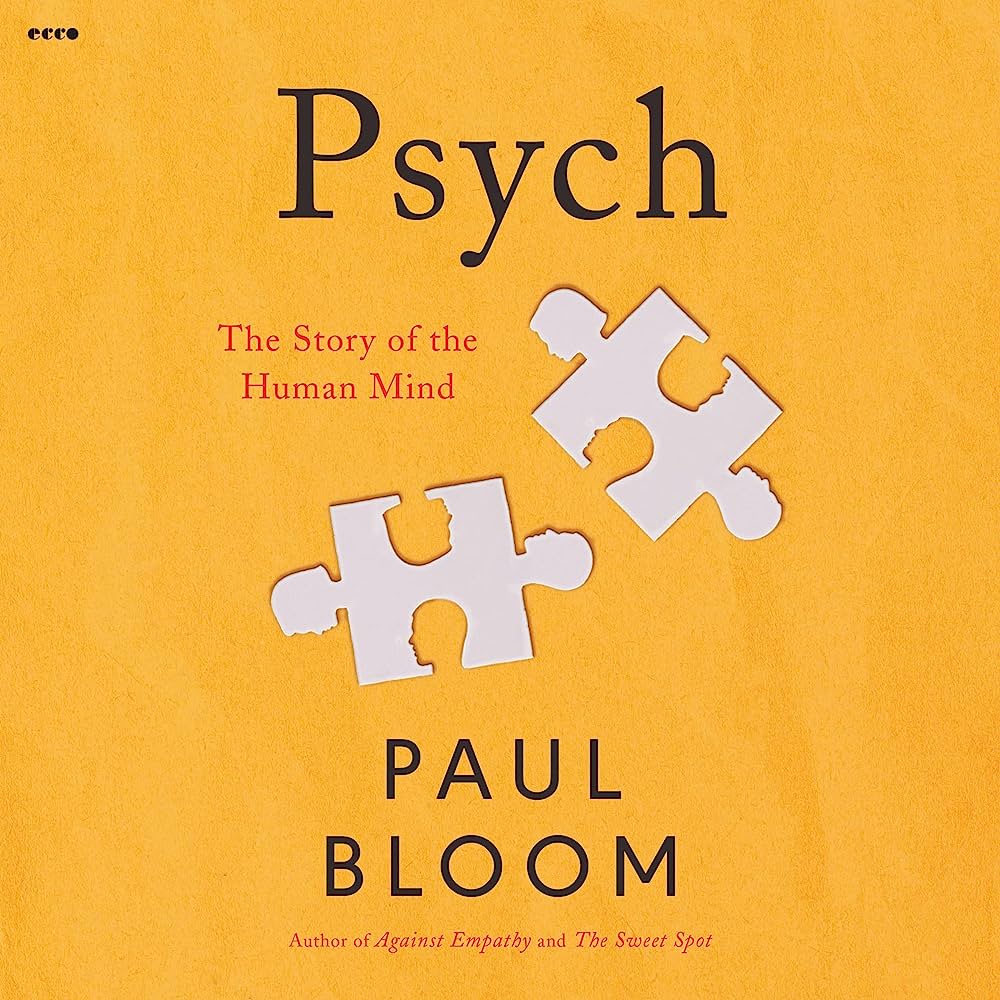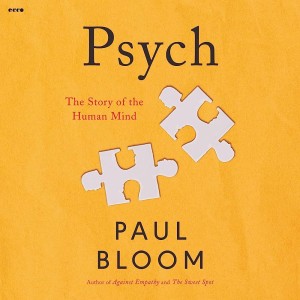Teachers, of course, ask students questions. ALL THE TIME with the questions.
We ask questions DURING a lesson in order to “check for understanding.”
We encourage students to ask themselves questions AFTER class, because “retrieval practice” promotes learning.
And, we ask questions BEFORE a unit — for at least two very good reasons.
In the first place, we need to know what our students already know. If we don’t evaluate their prior knowledge, we struggle to build on that prior knowledge in a coherent way.
In the second place, we have increasingly strong research about the benefits of “prequestions.”
Unlike “checks for understanding” and “retrieval practice,” “prequestions” come before the unit.
And unlike “measuring prior knowledge,” “prequestions” deliberately focus on facts and procedures that students don’t yet know.
So: if I’m teaching a unit on Their Eyes Were Watching God, I might ask my students:
“What is the definition of a ‘bildungsroman’?”
“Describe the friendship between Langston Hughes and Countee Cullen.”
“What does hair often symbolize in literature?”
Truth to tell, it’s quite unlikely that my 10th grade students know the answers to these questions. So: those are prequestions — not checks for understanding, or retrival practice, or confirmations of prior knowledge.
Here’s the headline: we have reason to believe that “prequestions” — used correctly — help students learn information.
Here’s the story…
Hot Off the Presses
Long-time readers know that Dr. Elizabeth Ligon Bjork has done LOTS of essential work in the field of long-term memory formation and “desireable difficulties.”
And, you know my admiration of Dr. Nick Soderstrom, whose distinction between “short-term performance” and “long-term learning” should inform all teachers’ discussions.
So: when the two work together, they have my attention!
In this case, they JUST published a study on the topic of “prequestions.”
And, this study took place in actual college classrooms — not simply in a psychology lab. For that reason, its conclusions have a better chance of applying to the real-world work that other teachers do in classrooms.
In this research, students answered prequestions at the beginning of a few lectures. The subsequent lectures then provided answers to those questions. (By the way: students got only about 1/3 of those prequestions right — so for the most part they didn’t know the answers.)
On the final exam, students had to answer questions that …
… DIRECTLY related to those prequestions, or
… INDIRECTLY related to those prequestions, or
… were NOT related to the prequestions.
Sure enough, they did better on both directly and indirectly related questions, compared to the unrelated questions.
In brief: prequestions really did help college students learn in the classroom.
So simple! So effective!
So, Those “Details”?
My title promises that we need to “get the details just right.” In this case, as in so many others, I have thoughts. (Important note: at this point, I’m switching from reporting on research to offering my experience-based opinions.)
First Thought
Soderstrom and Bjork specifically write that prequestions helped because students took them seriously.
Here’s my concern: while college students may have the metacognitive perspective to take prequestions seriously, I do worry that younger students might not.
That is: once younger students realize that their answers to these questions don’t really matter, they might not take them as seriously as their college-age selves would.
The structure of prequestions, in fact, might discourage seriousness. Students rarely know the answers to these questions — that’s the point. Why would students attend seriously to questions they can’t possibly answer?
This potential problem leads to two tentative suggestions:
TELL students how and why prequestions might help, and
Use prequestions only RARELY.
After all, the more often that students must answer un-answerable questions, the less likely they are to give them appropriate mental effort.
My hope is: students who encounter prequestions only rarely won’t get cynical about trying to answer them.
Second Thought
If we use prequestions only rarely, are some times better than others?
My instincts are: yes.
Simply put: use prequestions at the beginning of a unit to highlight the most important concepts.
If we can get the benefit of this technique only rarely, then use it at the most important times.
This advice comes from common sense, not from research — but common sense isn’t entirely forbidden on this blog.
Third Thought
Not all prequestions are created equal.
If a prequestion forces a student to think — that’s a good prequestion: even if they get a wrong answer.
However, if a prequestion activates a prior misconception, that question will actively interfere with learning.
For that reason, we should follow this rule:
Ask prequestions where students don’t know what the answer is, and where they don’t wrongly believe that they do know what the answer is.
For instance:
If I ask my student “which falls faster: a 10-pound bowling ball or a 15-pound bowling ball,” they almost certainly …
… don’t know the correct answer (that’s good), but
… wrongly think that they DO know the correct answer (that’s bad).
So: that prequestion would activate a prior misconception — and make learning harder.
On the other hand, those prequestions I asked at the top of this post (definition of “bildungsroman”) almost certainly don’t active prior misconceptions.
A Secret Unveiled; A Plea for Teamwork
I confess I have one deep frustration with this research pool.
Almost all teachers — and all students — hate tests.
So: if I name something “the testing effect,” teachers and students will HATE it — even if it’s beneficial. (Hint: the “testing effect” is just another way of talking about “retrieval practice.”)
And, if I name something “pretesting,” teachers and students will HATE it — even if it’s beneficial. Pretesting sounds like a test, no?
Sure enough, researchers have named a beneficial teaching “pretesting,” thereby ensuring confusion, and discouraging its use.
But — of course — “pretesting” simply means “asking questions on a topic before you’ve taught the material.” It’s NOT A TEST. It’s just a set of QUESTIONS.
So, I’ve been writing about “prequestions,” although everyone else in this field calls them “pretests.”
I hope you’ll join me in this virtuous rebranding.
TL;DR
Prequestions (aka “pretesting”) help students learn new material — and not just the information in the questions themselves.
Because the technique works if students take it seriously, I suggest …
… using it rarely,
… using it for important material, and
… asking prequestions that DON’T activate prior misconceptions.
Soderstrom, N. C., & Bjork, E. L. (2023). Pretesting Enhances Learning in the Classroom. Educational Psychology Review, 35(3), 88.








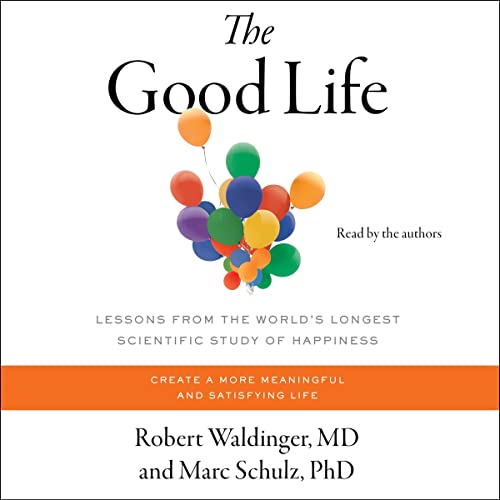

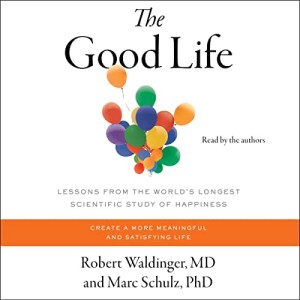
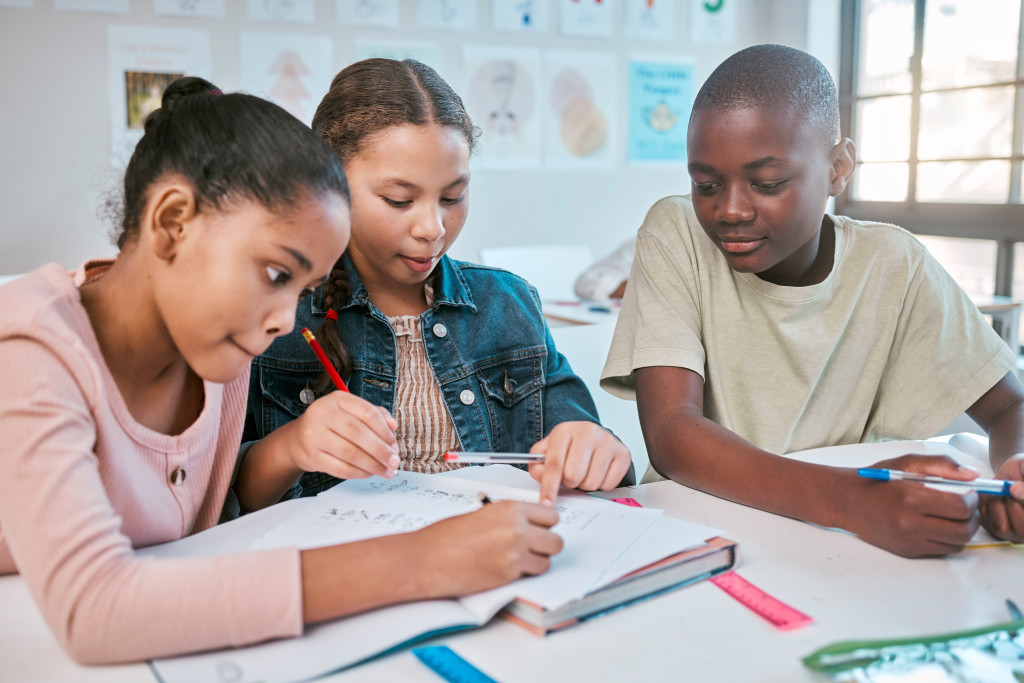



![My Detective Adventure: “VR Will Transform Education” [Reposted]](https://www.learningandthebrain.com/blog/wp-content/uploads/2023/01/Virtual-Reality.jpg)
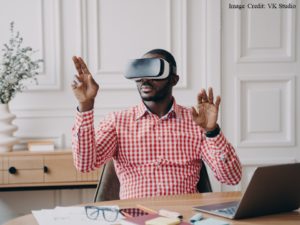
![The Unexpected Problem with Learning Styles Theory [Reposted]](https://www.learningandthebrain.com/blog/wp-content/uploads/2022/10/Learning-Styles-Vector.jpg)

